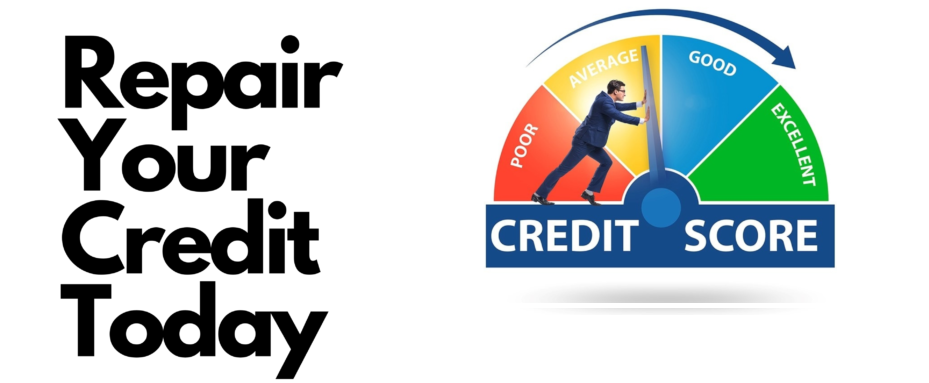As someone who has personally experienced the challenges of obtaining startup business loans with bad credit, I understand the uphill battle that many entrepreneurs face in securing the necessary funding. In today’s fast-paced and competitive business world, having access to financial resources is crucial for the success and growth of any startup. However, traditional lenders often place great emphasis on credit scores, making it incredibly difficult for individuals with less-than-perfect credit histories to secure the financing they need. That’s why I am thrilled to share with you insider tips and strategies on how to get startup business loans with bad credit in 2023 and 2024. With the help of Credit Viral, a leading platform for credit solutions, you’ll discover actionable steps and resources that can help turn your entrepreneurial dreams into a reality, regardless of your credit history. So, let’s dive in and explore how you can overcome the obstacles of bad credit and obtain the financing necessary to launch or expand your startup in the coming years.
How To Get Startup Business Loans With Bad Credit in 2023 & 2024 | Credit Viral
Introduction
As an entrepreneur with dreams of starting a business, one of the key challenges you may face is obtaining financing, especially if you have bad credit. However, the good news is that it is still possible to secure startup business loans even with a less than stellar credit history. In this article, I will walk you through some strategies and options you can explore in 2023 and 2024 to increase your chances of approval and get the funding you need to kickstart your entrepreneurial journey.
Understanding and Improving Your Credit Score
Before diving into the world of startup business loans, it’s important to understand the impact your credit score can have on the application process. Lenders often use credit scores as a measure of financial responsibility, and a low score can make it challenging to secure traditional loans. Therefore, it’s crucial to take steps to improve your credit score.
- Request a copy of your credit report: Start by obtaining a copy of your credit report from major credit bureaus. Examine it closely to identify any errors or inaccuracies that might be dragging down your score.
- Address outstanding debts: If you have any outstanding debts, prioritize paying them off to reduce your debt-to-income ratio and improve your creditworthiness.
- Pay bills on time: Consistently paying your bills on time is one of the most effective ways to improve your credit score. Set up automatic payments or reminders to ensure you don’t miss any deadlines.
- Keep credit utilization low: Aim to keep your credit utilization below 30% of your available credit limit. This shows lenders that you can responsibly manage your available credit.
Exploring Alternative Lenders and Online Platforms
Traditional banks and financial institutions may have strict credit requirements that can make it difficult for individuals with bad credit to secure startup business loans. However, alternative lenders, online platforms, and peer-to-peer networks provide more flexibility in their credit requirements.
- Online lending platforms: Online platforms connect borrowers directly with lenders, cutting out the need for traditional banks. These platforms typically have a wider range of credit options and can be more lenient towards applicants with bad credit.
- Peer-to-peer lending: Peer-to-peer lending networks facilitate loans between individuals, bypassing traditional banks altogether. These networks often consider factors beyond credit scores, such as the strength of your business plan and revenue projections.
Having a Solid Business Plan and Clear Strategy
When applying for a startup business loan, having a solid business plan and clear strategy can instill confidence in lenders. A well-crafted business plan demonstrates your understanding of the market, your target audience, and how you plan to generate revenue.
- Conduct market research: Thoroughly research your target market, identifying key trends, competitors, and potential opportunities. This will enable you to tailor your business plan to the specific needs and demands of your audience.
- Highlight revenue streams: Clearly outline how your business will generate revenue, including any unique selling points or competitive advantages. Lenders want to see a viable plan that demonstrates your ability to repay the loan.
- Showcase your expertise: Emphasize your relevant experience and expertise in the industry. Highlight any previous successes or achievements that can enhance your credibility.
Seeking a Smaller Loan Amount and Providing Collateral or Personal Guarantee
If you have bad credit, it may be beneficial to consider seeking a smaller loan amount. A smaller loan is typically seen as less risky by lenders and is therefore more likely to be approved. Additionally, providing collateral or a personal guarantee can further boost your chances of securing financing.
- Collateral: Offer tangible assets, such as equipment, real estate, or inventory, as collateral for the loan. Collateral provides lenders with an added layer of security in case of default.
- Personal guarantee: In some cases, lenders may require a personal guarantee, where you agree to be personally responsible for repaying the loan if your business cannot. This shows lenders your commitment to repaying the loan.
Conclusion
Securing startup business loans with bad credit may seem like an uphill battle, but with determination, a strong business plan, and strategic financial management, you can increase your chances of success in 2023 and 2024. By understanding and improving your credit score, exploring alternative lending options, having a solid business plan, and being prepared with collateral or a personal guarantee, you can pave the way for funding your entrepreneurial journey. Remember, your bad credit history does not define your potential for success. So, roll up your sleeves, put in the effort, and watch your business dreams become a reality!
Remember to use appropriate headings for H tags with Markdown language when implementing this content on a website or platform.





